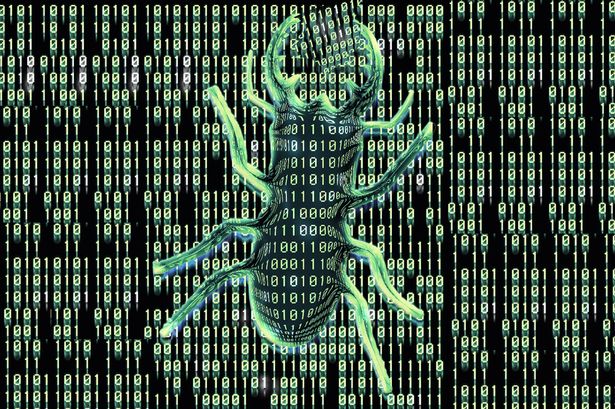A new National Cyber Power Index by the Belfer Centre at Harvard University ranks 30 countries on their level of ambition and capability…That America stands at the top of the list is not surprising. Its cyber-security budget for fiscal year 2020 stood at over $17bn and the National Security Agency (NSA) probably gets well over $10bn. The awesome scale of America’s digital espionage was laid bare in leaks by Edward Snowden, a former NSA contractor, in 2013, which showed the agency hoovering up vast amounts of the world’s internet traffic and trying to weaken encryption standards.
China, in second place, has demonstrated a voracious appetite for commercial cyber-espionage abroad and an iron grip on the internet at home. Britain, whose National Cyber Security Centre has parried over 1,800 cyber-attacks since its creation in 2016, is third. Russia, whose spies interfered with America’s last election, is in fourth place. The big surprise is the Netherlands in fifth place, ahead of France, Germany and Canada. Dutch expertise in analyzing malware is particularly sharp…
Many countries outsource the dirtiest work to deniable proxies, like “hacktivists” and criminals….But while stealing things and disrupting networks is important, what matters most over the longer term is control of digital infrastructure, such as the hardware that runs mobile telecommunications and key apps. Dominance there will be crucial to economic strength and national security.
Excerpt from Digital dominance: A new global ranking of cyber-power throws up some surprises, Economist, Sept. 19, 2020



